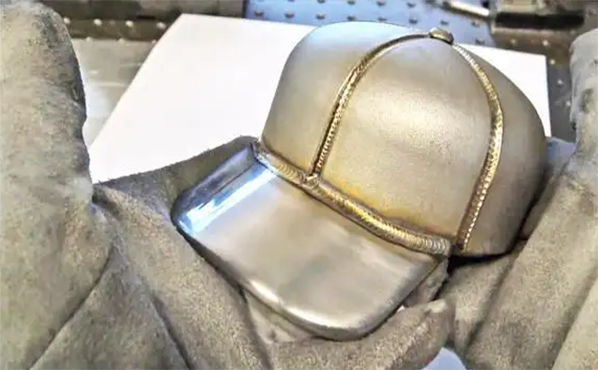According to the basic production and processing methods of sheet metal parts, such as cold stamping, bending, stretching, forming, etc., this standard clearly puts forward restrictions on the structural design of sheet metal parts.

1. The appearance and specifications of the blanking parts should be as simple and symmetrical as possible to reduce the waste in the layout process.
2. The appearance and internal thread of the blanking parts should be prevented from bevelling.
The arc connection should be made at the connection of parallel lines or lines, and the radius of the arc R≥0.5t. (t raw material wall thickness)
3. Blanking parts should prevent narrow overhangs and narrow grooves
The depth and total width of the convex or concave part of the blanking part are generally not less than 1.5t (t. At the same time, long and narrow wounds and narrow incisions should be prevented to expand the compressive strength of the knife edge at the corresponding position of the mold shell.
4. Ring holes are preferred for punching, and the punching specifications are the smallest? Ring holes are preferred for punching, and the minimum punching specifications are related to the appearance of the holes, the physical properties of the raw materials and the thickness of the raw materials.
Sheet metal processing blanking process introduction
Five, cold stamping hole spacing and hole edge distance

There are certain restrictions on the minimum distance between the punched edge of the part and the design, as shown in the following figure. When the punching edge is not parallel to the design edge of the part, the minimum distance shall not be less than the thickness t of the raw material; the parallel surface shall not be less than 1.5t
6. When punching bending parts and deep drawing parts, a certain distance should be maintained between the surface layer and the straight wall. When punching bending parts and deep drawing parts, a certain distance should be maintained between the surface layer and the straight wall
7. Through holes and countersunk seats for screws and anchor bolts
Structural specifications of through holes and countersunk seats for screws and anchor bolts should be selected according to the table. For the countersunk head seat of the countersunk head screw, if the furniture board is too thin, the via hole d2 and the countersunk hole D cannot be guaranteed at the same time, and the via hole should be given priority to d2.



